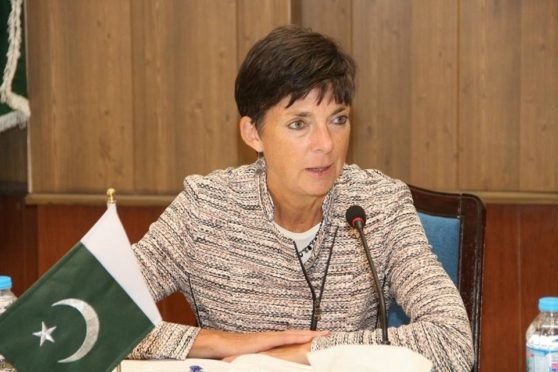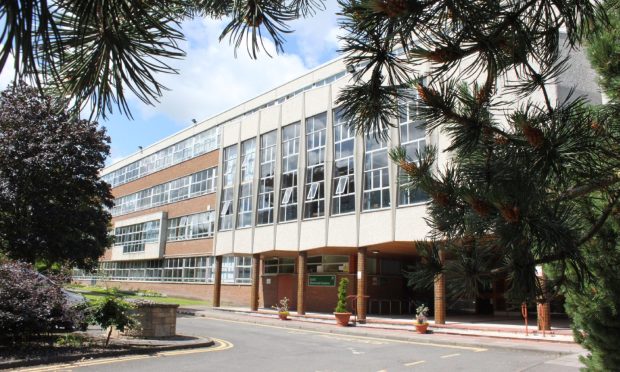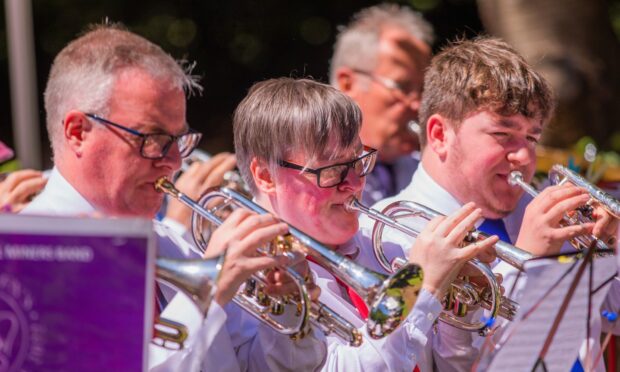The Fife-born head of the Department for International Development in Pakistan has spoken about her work abroad before the Commonwealth summit in London.
Joanna Reid, a former St Andrews resident and pupil of Madras College, is based in Islamabad where she is involved in projects aimed at improving communities, including schemes to secure a better future for Pakistani women and girls.
A key component of the Commonwealth Heads of Government Meeting, taking place in London on April 16 to 20, will be discussing how to improve the future of young people living in the organisation of 53 member states.
Ms Reid said, although Pakistan was currently the “second worst place in the world to be a woman”, there are also reasons to be optimistic.
“Pakistan has an interesting reputation, but it’s becoming more and more peaceful,” she said.
“This year is a very exciting year. We’ve got an election this summer.
“The 2013 election was only the first civilian to civilian transfer of power. Pakistan is 70 years old and this will only be the second civilian to civilian transfer of power. It’s shocking, but it’s a real sign of progress.”
However, there are still huge inequalities, with 22 million children not in school and two thirds of adult women unable to read or write.
In addition, 60 million people live under the poverty line and 44% of children are stunted because of poor nutrition.
The Department for International Development (DIFD) said that since 2011, 6.8 million children in primary school, including 3.3 million girls, had benefited from its support of education reforms.
And 5.2 million children, including 2.4 million girls, had been helped by DFID to complete primary education.
Ms Reid said enabling children to continue their education through secondary school was one of the challenges.
She said there was a connection between the education of women and family planning, with women who are given more career opportunities more likely to have fewer children.
“The population is growing faster than the economy,” she said.
“Family planning and education for girls is such a building block for everything else.”
The world’s most famous campaigner for women’s education is Pakistan’s Malala Yousafzai, who recently returned to the country after being shot by the Taliban for standing up for the right of girls to go to school.
“I think she’s done amazing things for raising the issue of girls’ education, not just in Pakistan but globally,” said Ms Reid.









